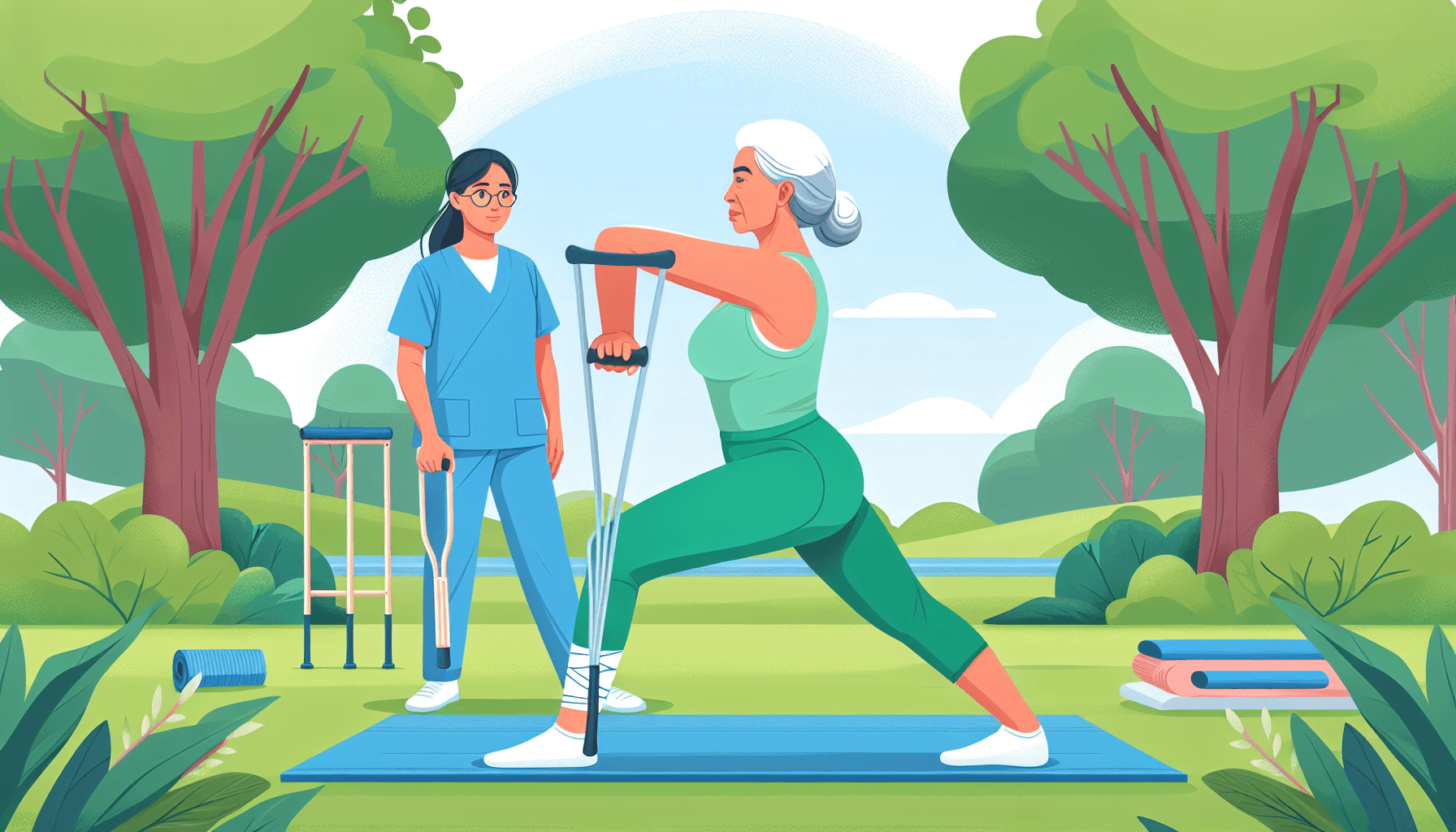Living with hip pain can be challenging, especially when it comes to managing your mobility. Whether your hip pain is caused by injury, arthritis, or other underlying conditions, finding ways to alleviate discomfort and improve your range of motion is crucial. In this article, we will explore some effective strategies for managing mobility with hip pain.
1. Stay Active with Low-Impact Exercises
Although it may seem counterintuitive, staying active is essential for managing hip pain. Engaging in low-impact exercises can help strengthen the muscles surrounding your hip joint, providing greater support and stability. Some beneficial exercises for hip pain include:
- Walking: Walking is a low-impact exercise that promotes flexibility, improves circulation, and strengthens your leg muscles. Start with shorter distances and gradually increase your walking time as your pain allows.
- Swimming: Swimming is an excellent way to exercise without putting stress on your hip joint. Water provides buoyancy, which reduces the impact on your joints while strengthening your muscles.
- Cycling: Cycling can help improve your hip joint mobility and strengthen the muscles around it. Use a stationary bike or opt for outdoor cycling on flat terrains to minimize strain on your hips.
Remember to consult with your healthcare provider or a physical therapist before starting any new exercise regimen to ensure it is safe and suitable for your specific condition.
2. Practice Gentle Stretching and Range of Motion Exercises
Stretching and range of motion exercises can help relieve stiffness and improve the flexibility of your hip joint. Here are some exercises you can try:
- Quadriceps Stretch: Stand near a wall or use a chair for support. Bend one knee and grasp your ankle, gently pulling your heel towards your buttocks. Hold the stretch for 30 seconds and repeat on the other side.
- Hamstring Stretch: Sit on the edge of a chair and extend one leg in front of you. Keep your back straight and lean forward, reaching towards your toes. Hold the stretch for 30 seconds and repeat on the other leg.
- Hip Rotations: Lie on your back and bend your knees. Slowly lower both knees to one side, keeping your shoulders on the ground. Hold for a few seconds, then return to the starting position. Repeat on the other side.
Performing these gentle stretches and range of motion exercises regularly can help maintain or improve your hip joint’s flexibility and reduce discomfort.
3. Maintain a Healthy Weight
Excess weight can put additional strain on your hip joints, exacerbating hip pain. Maintaining a healthy weight can help reduce pressure on your hips, allowing for better mobility and decreased pain. This can be achieved through a combination of a balanced diet and regular exercise.
If you’re struggling with weight management, consider consulting a nutritionist or dietitian who can help you create a personalized plan that suits your needs and goals.
4. Use Assistive Devices
Assistive devices can provide support and improve your mobility if you’re experiencing hip pain. Some commonly used devices include:
- Canes: Canes can help reduce weight-bearing on your affected hip, providing stability and balance.
- Crutches: In cases of severe hip pain or injury, crutches can relieve pressure on your hip joint and aid in walking.
- Walkers: Walkers offer more stability than canes and can be beneficial if you need additional support and balance while walking.
Consult with a healthcare professional to determine which assistive device is suitable for your specific needs.
5. Seek Professional Treatment
If your hip pain persists or worsens despite self-management strategies, it’s essential to seek professional treatment. A healthcare provider, such as a physician or physical therapist, can evaluate your condition, provide an accurate diagnosis, and recommend appropriate treatment options.
They may suggest a combination of treatments, including medications, physical therapy, injections, or even surgical intervention, depending on the underlying cause and severity of your hip pain.
Conclusion
While living with hip pain can be challenging, incorporating these strategies into your daily routine can help improve your mobility and manage discomfort. Remember to listen to your body and adjust activities as needed to avoid exacerbating your hip pain. With the right approach and guidance from healthcare professionals, you can find ways to effectively manage mobility with hip pain and improve your overall quality of life.
For more information on back and hip pain treatment, visit Eastside Ideal Health.

